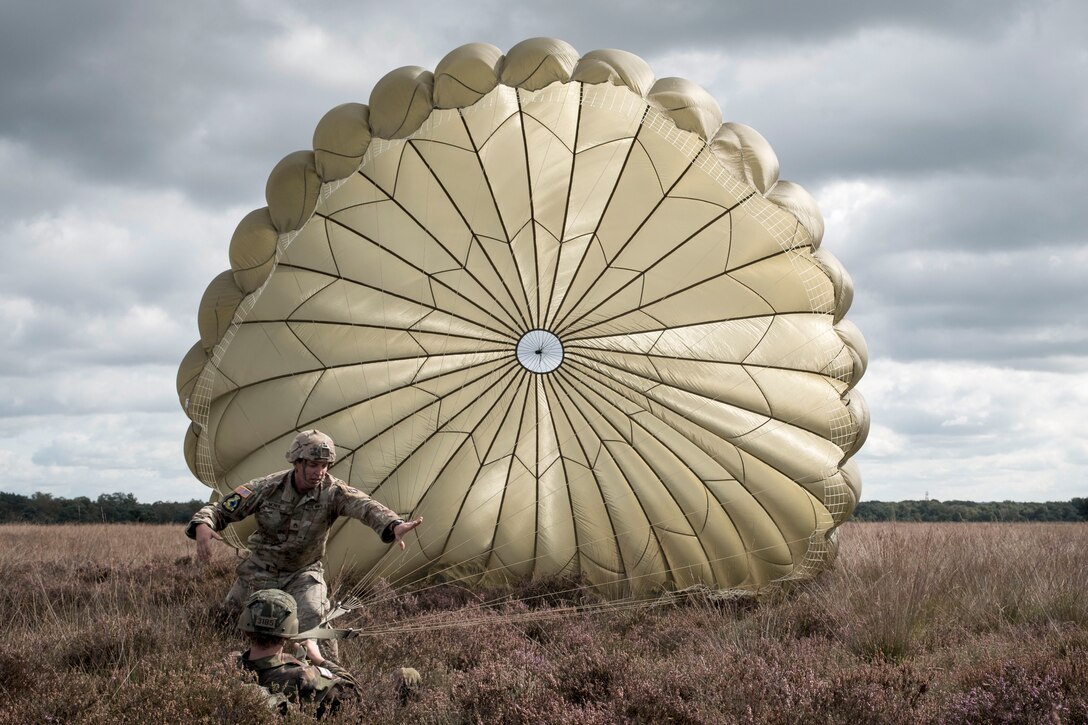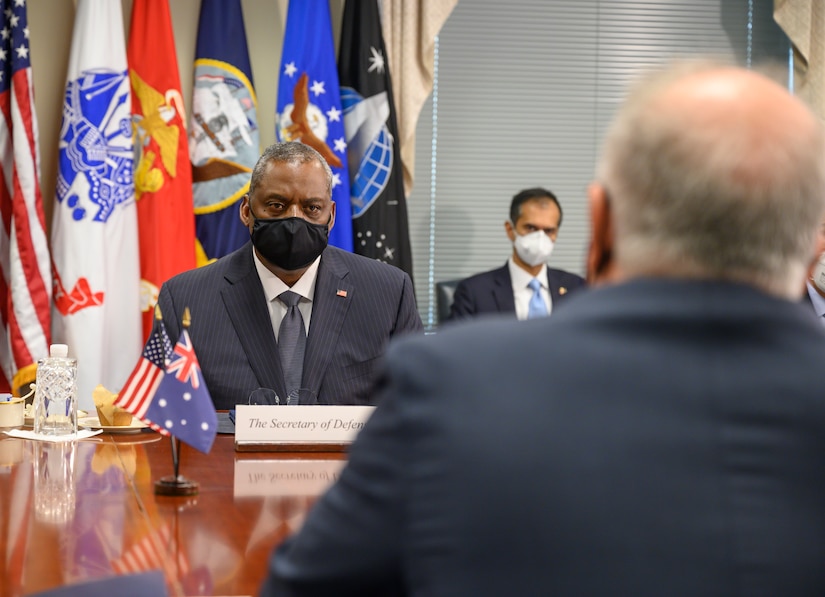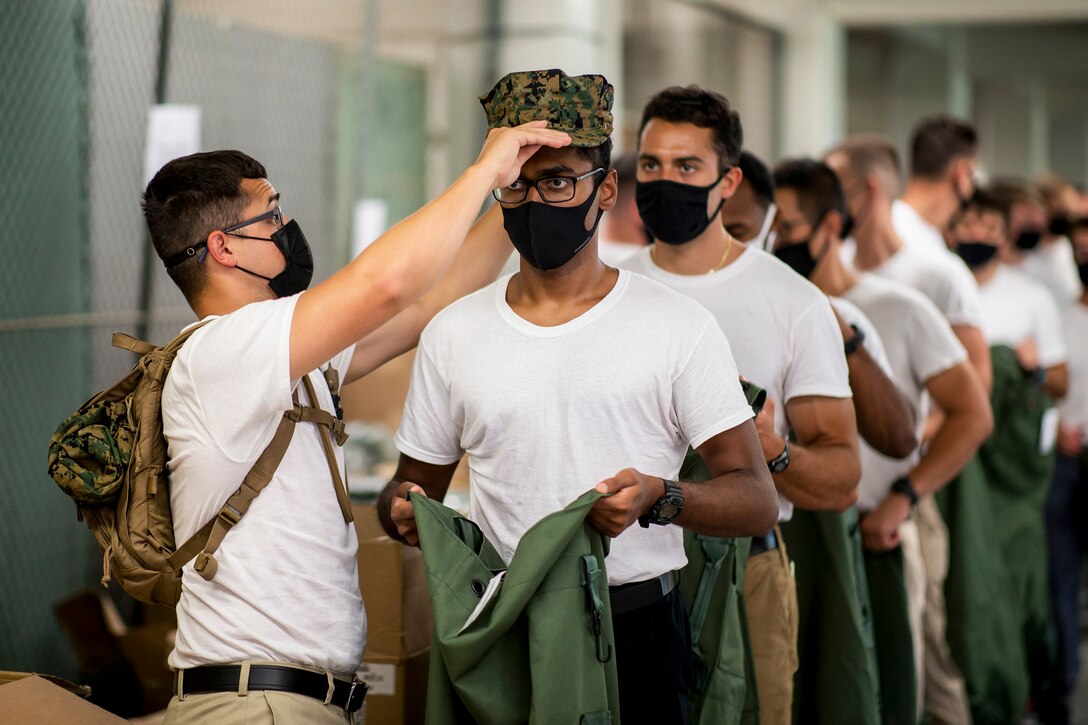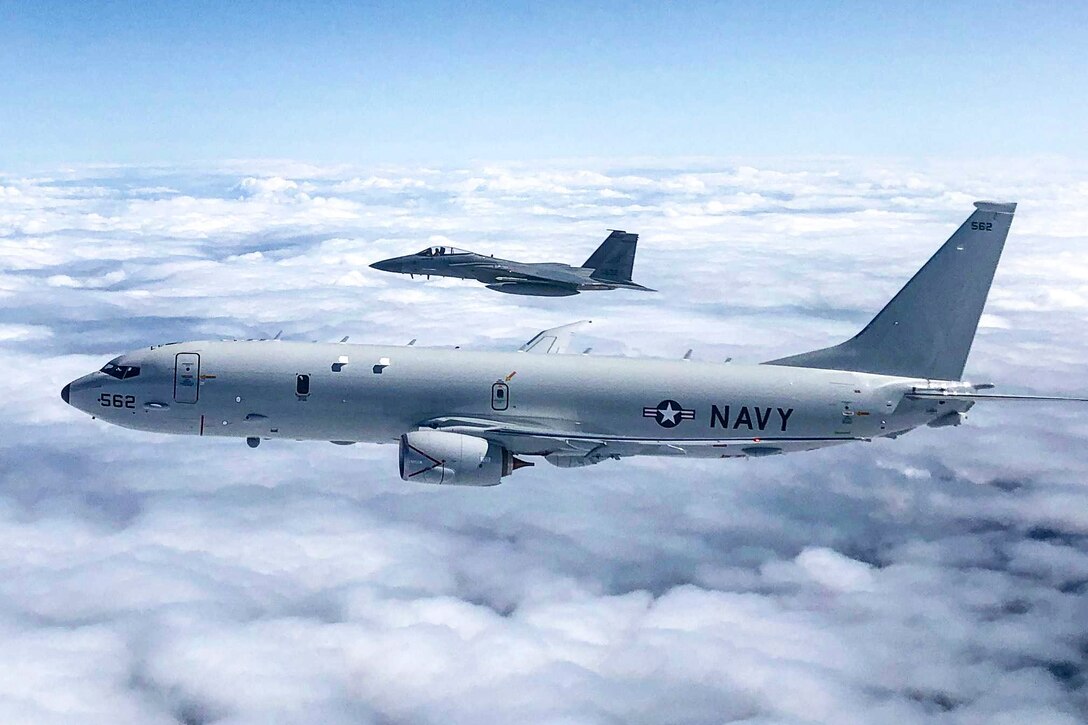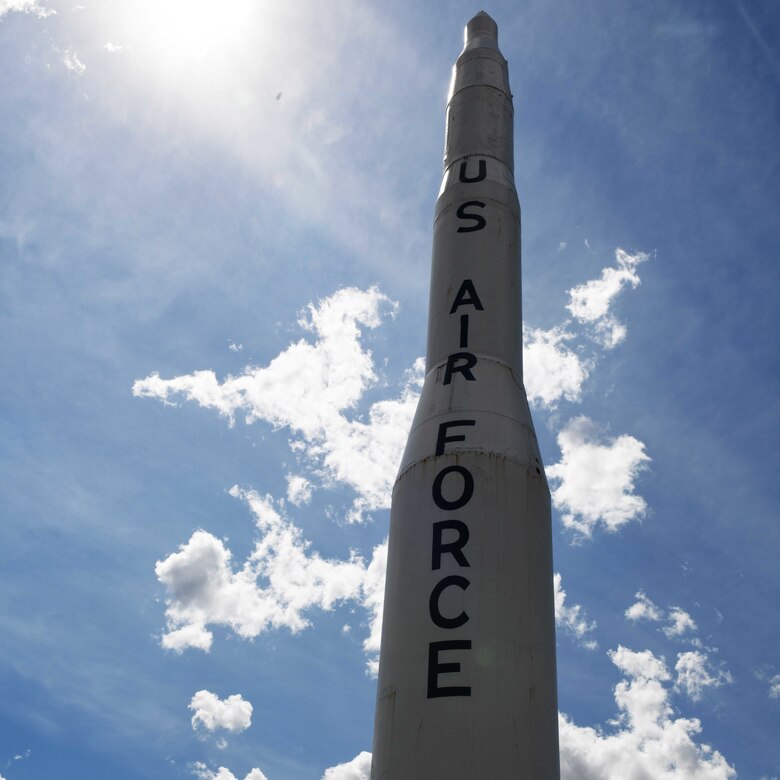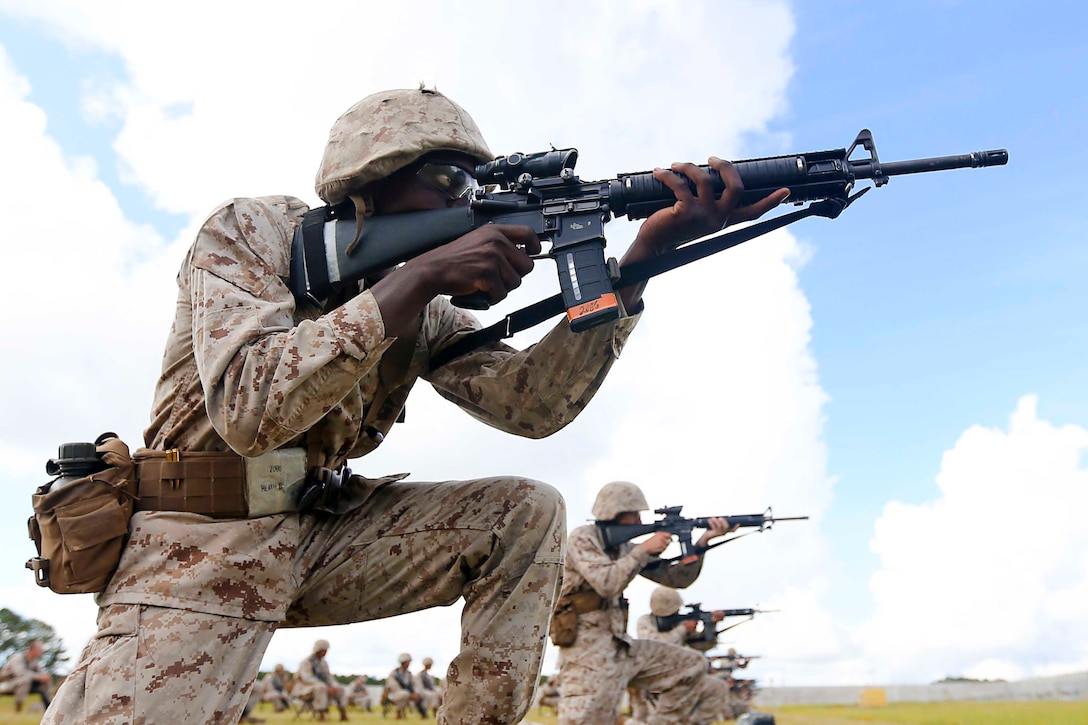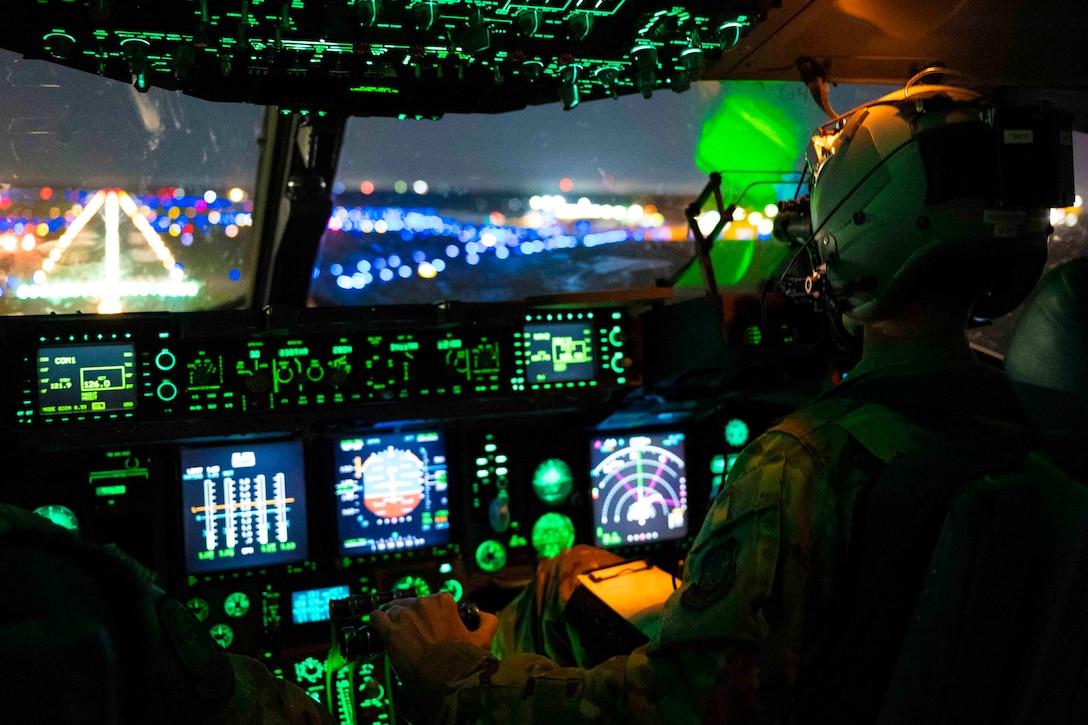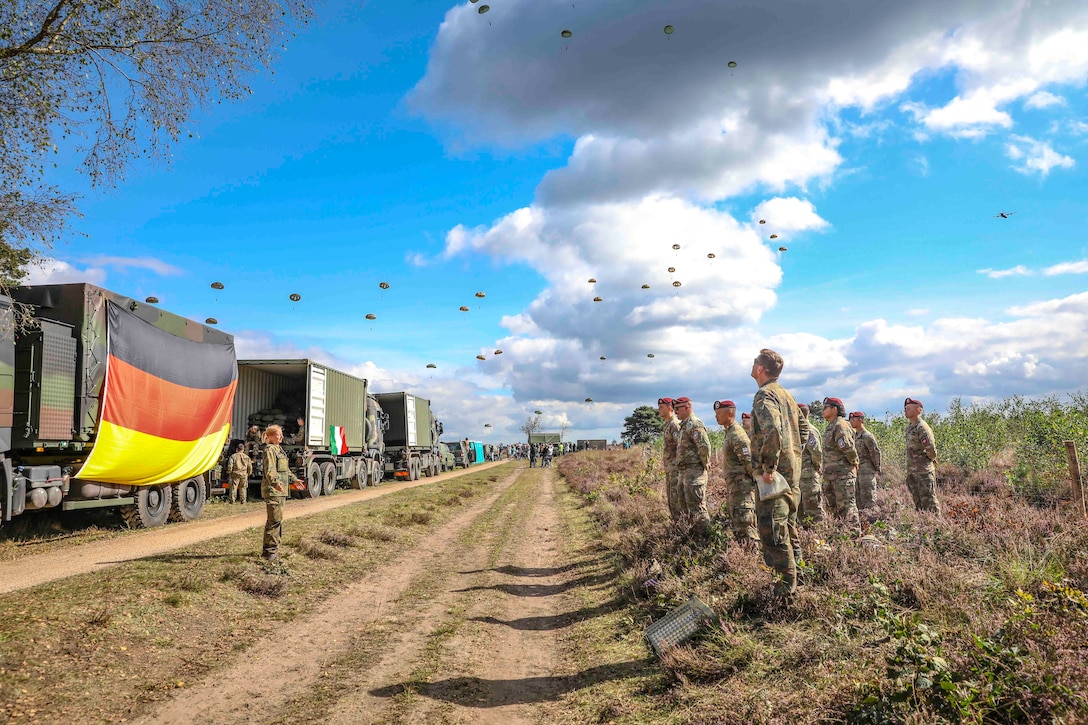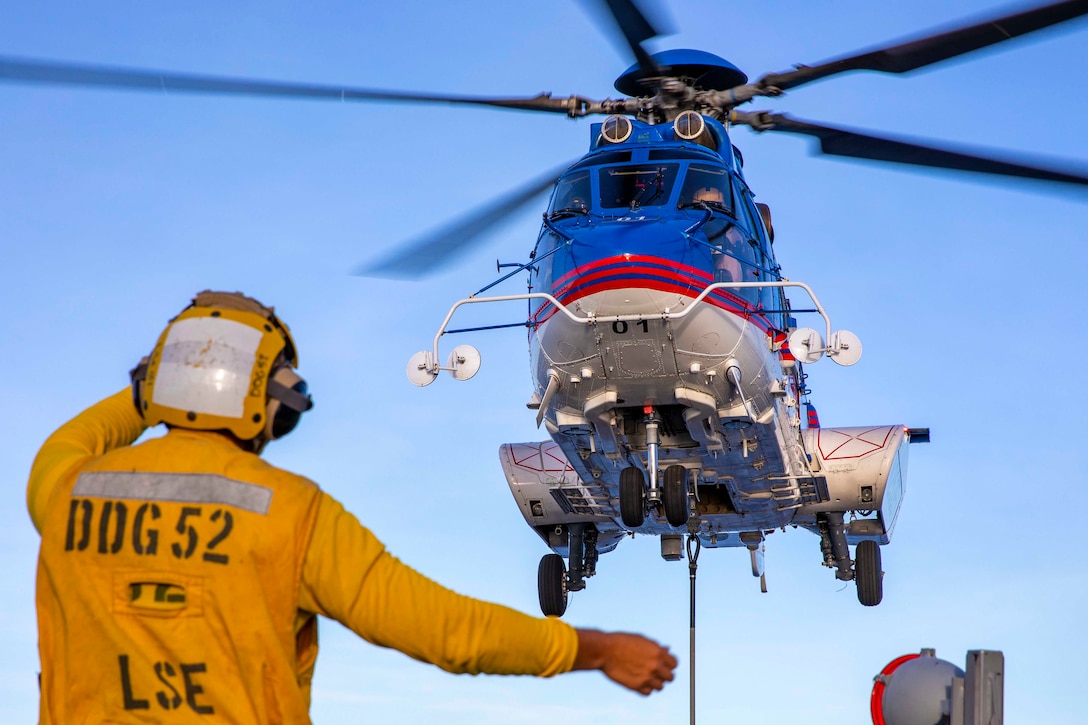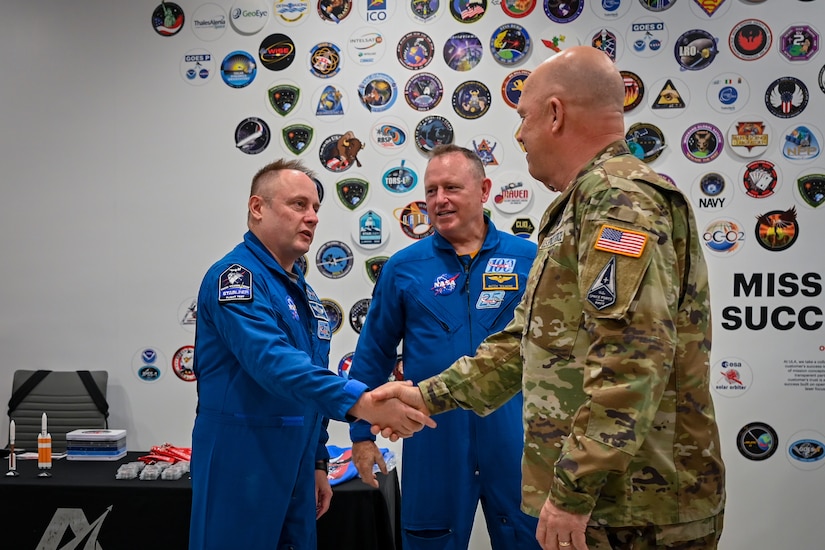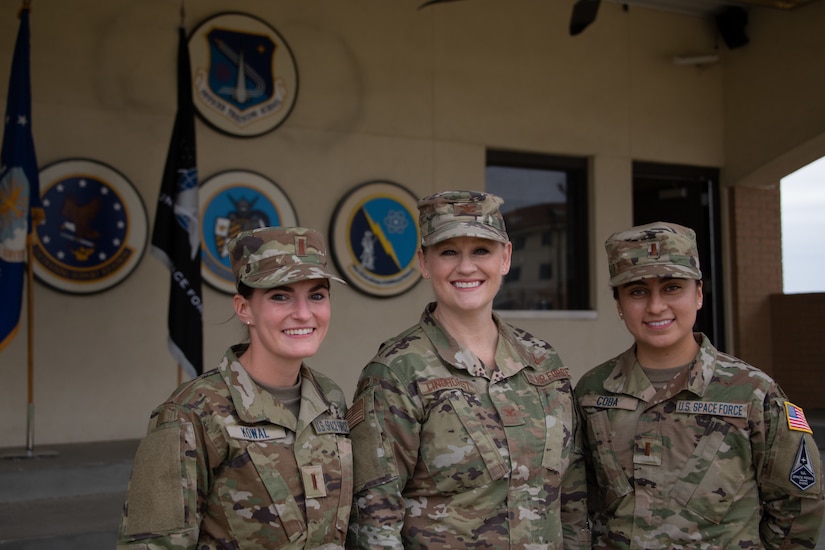Sept. 22, 2021
|
BY C. Todd Lopez
, DOD News
How's the United States doing in its efforts to
counter the information and propaganda campaigns waged by adversaries to
undermine American democracy? Not so good, the commander of U.S.
Northern Command said.
"I think we're getting, and I'm on the record, I think we're getting our
rear end handed to us in the information space because we're so
risk-averse in the environment that we operate in today," Air Force Gen.
Glen D. VanHerck said yesterday, during a presentation with the Air
Force Association.
The general said he thinks the United States must speed up its ability
to respond if it's going to protect things like elections or prevent the
spread of misinformation and propaganda by the likes of Russia and
China.
"I think we need to be a little more aggressive," he said. "I think,
right now, we should change the paradigm [for] the way we do information
operations."
Right now, he said, information operations plans might go through a
combatant commander, to the Defense Department, bring in the National
Security Council and involve the White House as well, he said.
"That is a very slow process, and in the environment we're operating in
right now ... in about 12 hours to 24 hours in the information space,
you're irrelevant. It has moved on," he said. "I believe we need to flip
that paradigm and push down, use mission command — the lanes in the
road, the rules of the road — and allow commanders of the lower level to
be able to execute within the mission environment that we're operating
in to be more effective in real time."
More Than Nukes
Northcom is responsible for protecting the U.S. homeland — its
people, national power and freedom of action. Right now, VanHerck said,
more of that protection is dependent on nuclear power than what should
be.
"Homeland defense today is too reliant on what I think is the foundation
of homeland defense, and that is our nuclear deterrent and deterrence
by punishment," he said. "But what that doesn't do for us is give us
opportunities to deescalate early and deter earlier."
Deterrence with nuclear capabilities he said, while useful, are too escalatory in nature and other avenues must be looked at.
"What I'm trying to do is fill that gap and focus on a little bit of
deterrence by denial," he said. "Ballistic missile defense is deterrence
by denial. But I also believe hardening resiliency, or the way we
project our force, creates deterrence options on a day-to-day basis."
The homeland defense of tomorrow, he said, won't look like what it does
today. Getting there starts with changes to policy — which he said will
need to involve civilian policy makers rather than uniformed military
personnel.
"It needs to be our policymakers that decide what we must defend
kinetically," he said. "And it's not everything. So I'm reaching out,
trying to work through the department, trying to work through the
interagency, to figure out what that is."
Certainly, he said, things like continuity of government, nuclear
command and control capabilities, forward power projection capabilities,
and the defense industrial base are included.
Beyond that, he said, homeland defense can also include things like
resilience, deception and information operations. But those are not
enough either. VanHerck said he wants to go even further to the left —
meaning to get ahead of crises before they happen.
"I believe that takes a layered defense, a layered defense focused on
forward capabilities," he said. "I don't want to be shooting down cruise
missiles over the National Capital Region. I think we need to be
partnered with [our] 11 combatant commands, allies and partners forward,
to generate deterrence day-to-day, and then in crisis and conflict,
utilize those capabilities to deter and defend forward before it becomes
a threat to our homeland. That's where my homeland defense design is
focused."
